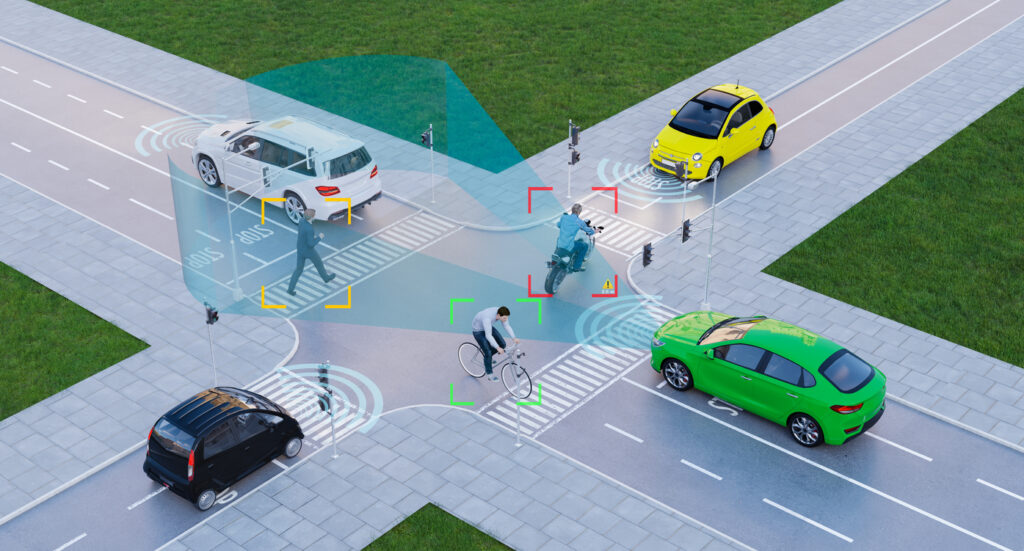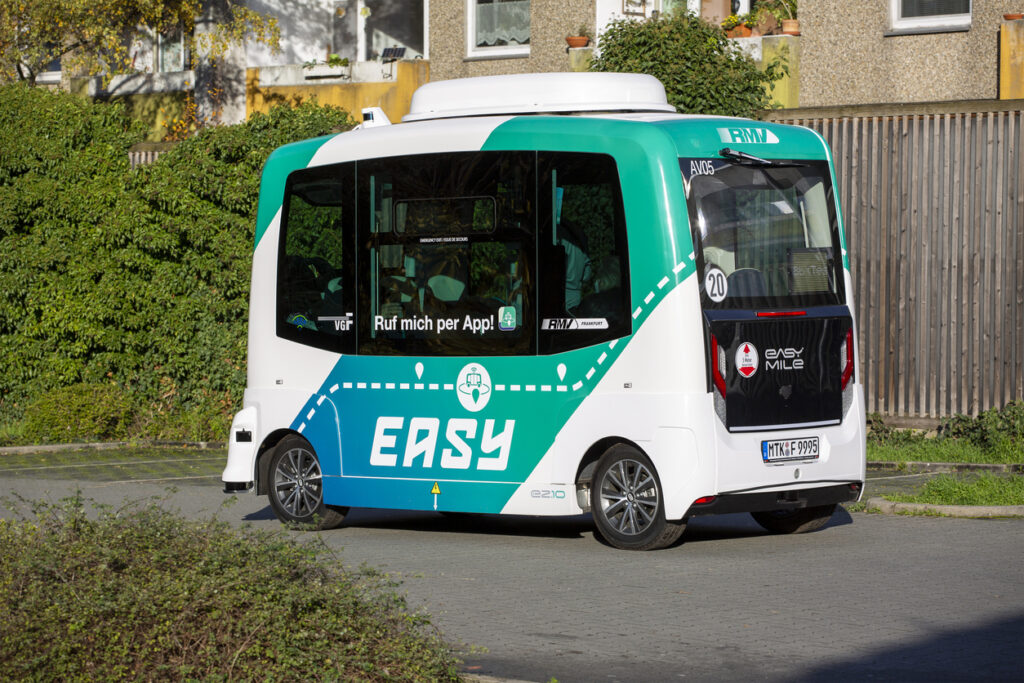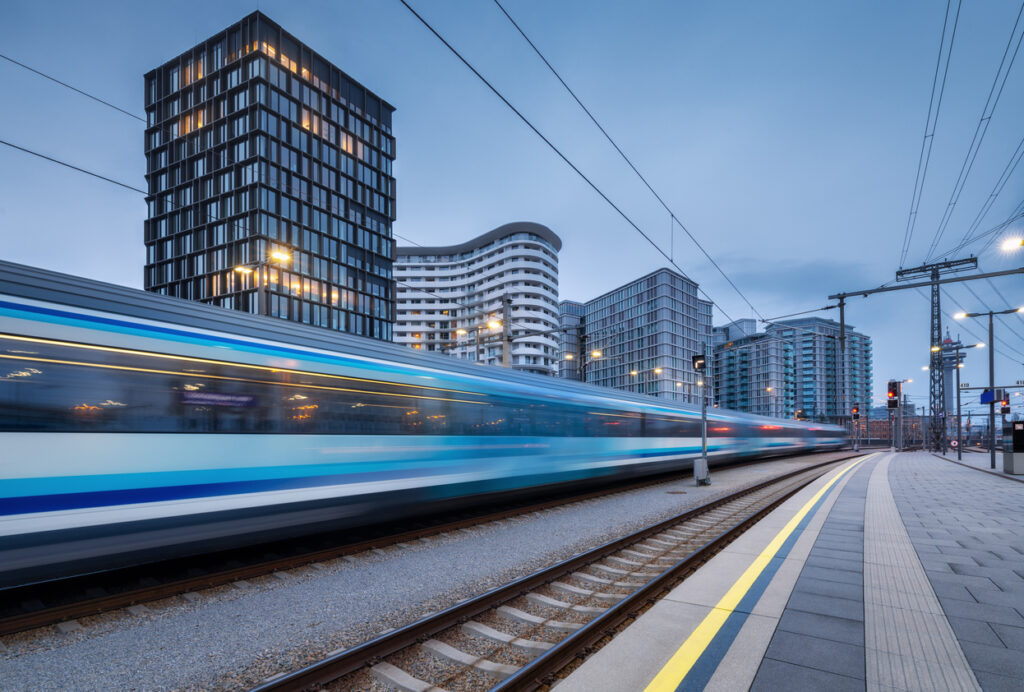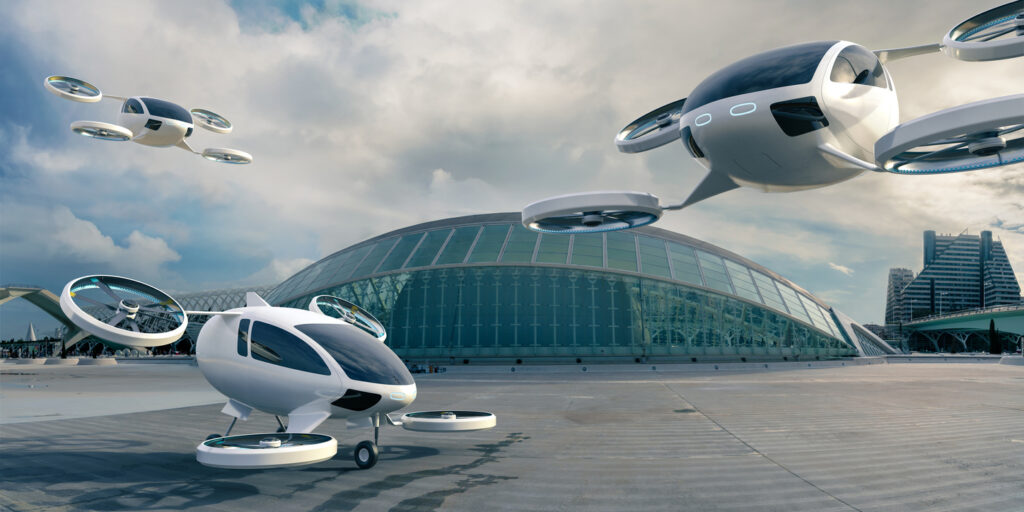Robots are taking over every kind of transport. But what do these new modes of automated travel look like? When will we see the impact of robots in the transport industry? Today’s and tomorrow’s modes of transport are the robots – smart automated vehicles equipped with lasers, GPS and other tech, capable of driving and flying themselves.
We’ve all heard of self-driving cars, but this is just the start. From robot buses already being trialled on European streets to Jetson-style drones set to create a whole new transport network in city skies, companies are investing big to change the face of private and commercial travel.
According to Statista, the global autonomous vehicles market is estimated to be worth a massive $2.3 trillion by 2030, compared to the $205 billion that it’s predicted to be valued at in 2023. This signals the significant growth and popularity that autonomous vehicles are expected to see over the coming years. It also shows the impact that robotic systems are anticipated to have on the transport industry and its market.
Road
In the past, autonomous vehicles may just have been a feature in futuristic films and video games – only to be seen behind a screen. However, it might not be too long before autonomous vehicles dominate our roads.
Self-driving cars

There are different stages to automation in driving, and it is expected to take a while to reach full automation in road-safe autonomous vehicles. Most of the autonomous vehicles that are on the market in 2023 are at the stage of partial driving automation, which is level 2 out of the five levels of driving automation. This means that an advanced driver-assistance system (ADAS) supports steering, accelerating and braking but the driver is fully attentive.
However, earlier in 2023, Mercedes-Benz became the first manufacturer to introduce a level 3 automated vehicle to the market, with L3 Drive Pilot. Level 3 autonomous driving is also referred to as conditional driving automation – the car is in control of all driving functions, but there must be a human in the driver’s seat to take over if necessary. The car is legally approved in Germany, meaning those who own the L3 Drive Pilot are legally allowed to eat, drink, draft emails and even play games on the infotainment screen whilst on the Autobahn. However, if the driver’s face disappears from the in-car cameras, it will disengage the system. So no napping allowed!
Driverless taxis
Waymo introduced the first driverless taxi service in the US in 2020. It was initially launched in Phoenix but has expanded to San Francisco and will soon be available in Los Angeles and Austin. The Waymo One works by calling a taxi via the app, the autonomous car then picks the safest area to pick the passenger up, who can unlock the door using the app and then enjoy the ride to their destination. They can even adjust the temperature or connect to their phones to listen to podcasts or music. The Waymo one is operating at level 4 autonomy.
The race for fully autonomous cars is on, with many companies including Tesla, Volvo, Waymo and General Motors all developing technology to try and be the first one to bring us fully autonomous driving.
Robot buses

At the start of 2023, a project to roll out self-driving buses in three European cities was launched. Fifteen driverless, all-electric minibuses will be programmed to run for 24-hours a day in Geneva, Switzerland; Oslo, Norway; and Kronach, Germany. The self-driving minibuses will take to the roads in 2025 and like the Waymo taxis, the buses are summoned using a smartphone app, meaning they run “on-demand”.
Rail

German company Alstom became the first in the world to test autonomous, regional passenger trains. The project began in 2021 and testing is due to start in 2023. The company is a world-leader for ATO systems in metro and is now trying to make self-driving trains a reality.
“Alstom has strong experience in fully automated and driverless metros. While metros evolve in a protected environment, it’s a whole different matter to completely automate trains on a several hundred kilometre-long, unprotected mainline network. It has not been done before and we aim to be the first to do it.” – Jean-Francois Beaudoin, President, Digital & Integrated Systems, Alstom.
Technology for metro systems is much further ahead and there is said to be over 60 driverless metro systems across the world, which are controlled fully automatically via a central control room. In Europe, most of these driverless metro systems are located in France and Italy and there are plans to introduce driverless metro systems across the continent.
In addition to self-driving transport, robotic systems impact rail in a number of ways. A self-driving robot which travels around and inspects the state of railway tracks was trialled in 2022 by Chalmers. Its aim is to detect any issues as early as possible to lower maintenance costs and reduce any delays. The robot can run on tracks without any human assistance thanks to cameras, 3D lidar, GPS, an accelerometer, and lots of training data. It slows down whilst meeting other trains and can also read signs and signals.
If you want to find out more about some of the best innovations in the rail industry, check out our article.
Air

While unmanned aircrafts are already being used by the world’s militaries, getting a commercial passenger plane off the ground is a trickier proposition. But that’s not stopping companies investing billions to make it happen. While much of a pilot’s work is already automated – manual input is only needed for take-off and landing – companies such as Cathay Pacific and Airbus want to take the next step. For now, the focus is on reducing the number of pilots in the cockpit from two to one. The two companies announced in 2021 that they are working on a project to achieve this by 2025.
Taxi drones
We’ve been dreaming of flying cars for years. Now German-based company Volocopter GmbH has launched the world’s first-ever eVTOL (electric vertical take-off and landing) services. The VoloCity air taxi is a two-seater aircraft which is expected to make its commercial debut in Paris, for the Olympics in 2024. The Parisian centre will be reached by three routes from the airports and heliport. Volocopter will also provide round-trip sightseeing services.
Robotics in airports
Robotics is enhancing even the passenger experience. Robots are being used in airports to help with passenger assistance, luggage handling, facility cleaning, and security inspections. These robots make flying more fun and less stressful by providing real-time information, directing passengers to their gates, and even providing entertainment. Additionally, drones may transport goods and services, providing a new form of transportation that is quicker and more adaptable than conventional ones.
What will the future look like?

With the projections of market size, it’s clear to see that robots are expected to have a big impact on the transport industry over the next couple of decades. With vehicles on the road becoming more and more autonomous, developments in technology will surely make fully autonomous vehicles a reality – how long this will take though, we don’t know. Hyperloop technology is being developed to revolutionise the rail industry, cutting train travel times significantly.
However, again, this might take some time. If you’re interested in how transport on our seas might look, check out how we are sailing into the future with AI in shipping. For now, robots will continue to play a major role in the transport industry, and who knows, maybe in the future we’ll have a transport network without any human input whatsoever.
Automating transport aims to boost safety, reliability and efficiency. While demand will drop for drivers and pilots, new roles in control and management will open up. However, for the full impact to be felt, infrastructure, regulations and attitudes will need to continue to shift.











